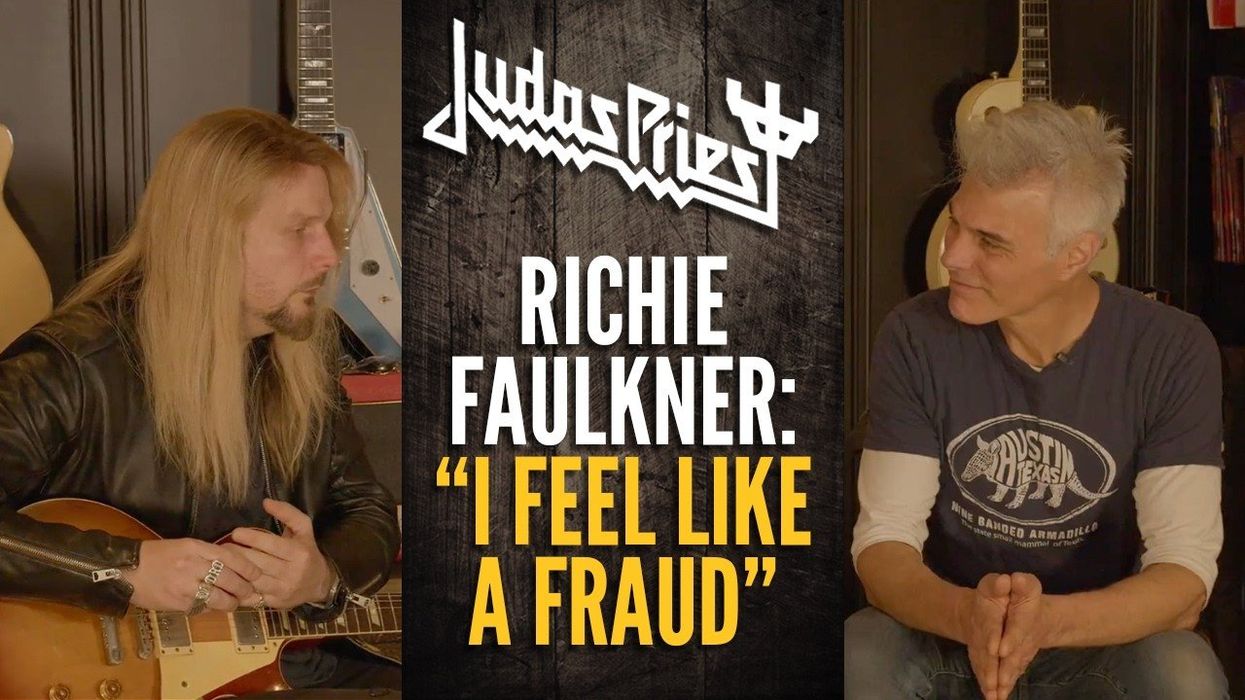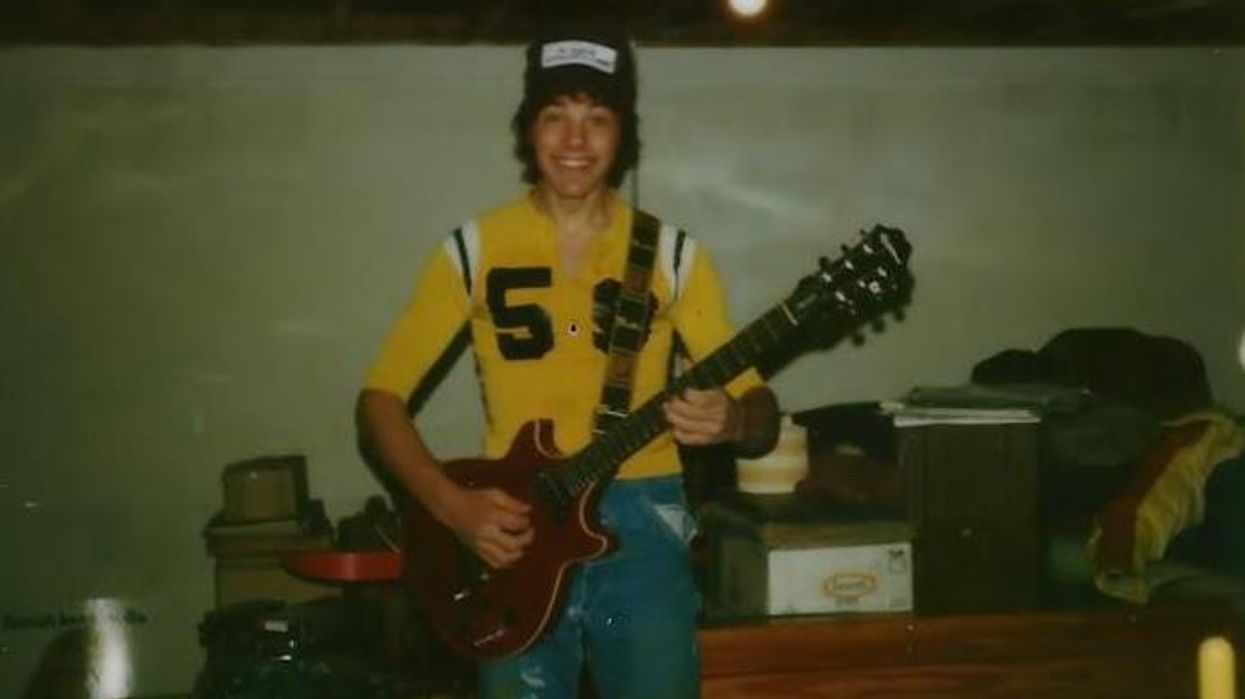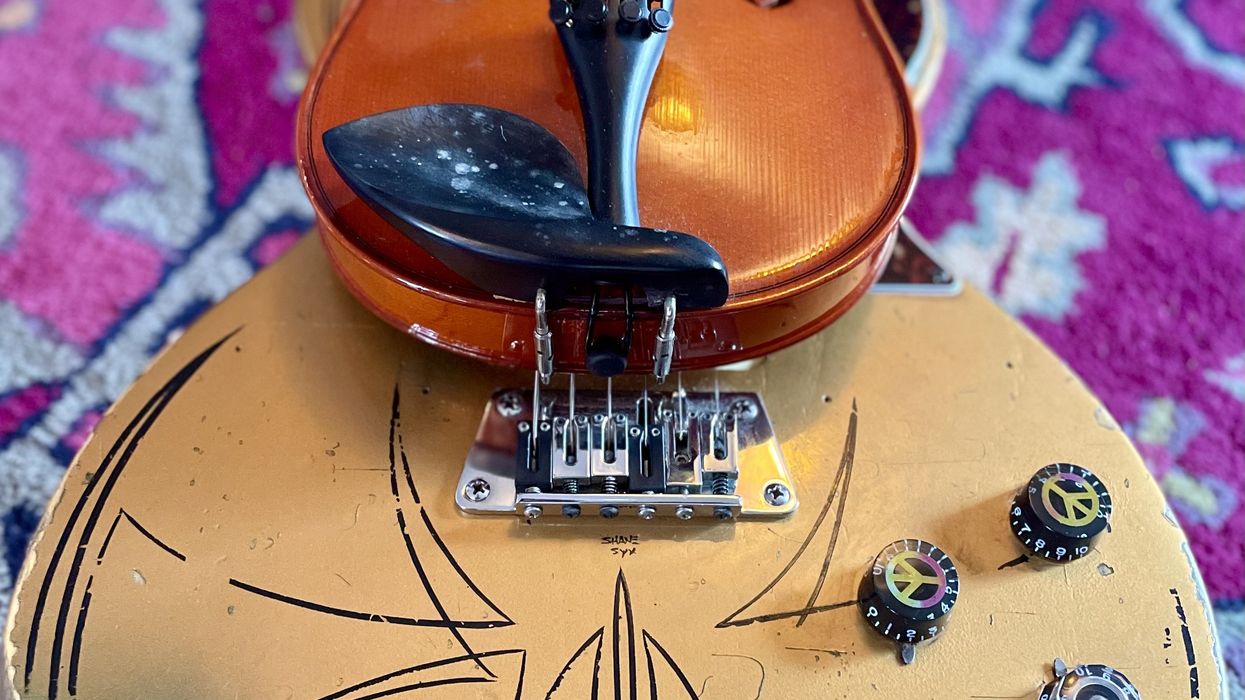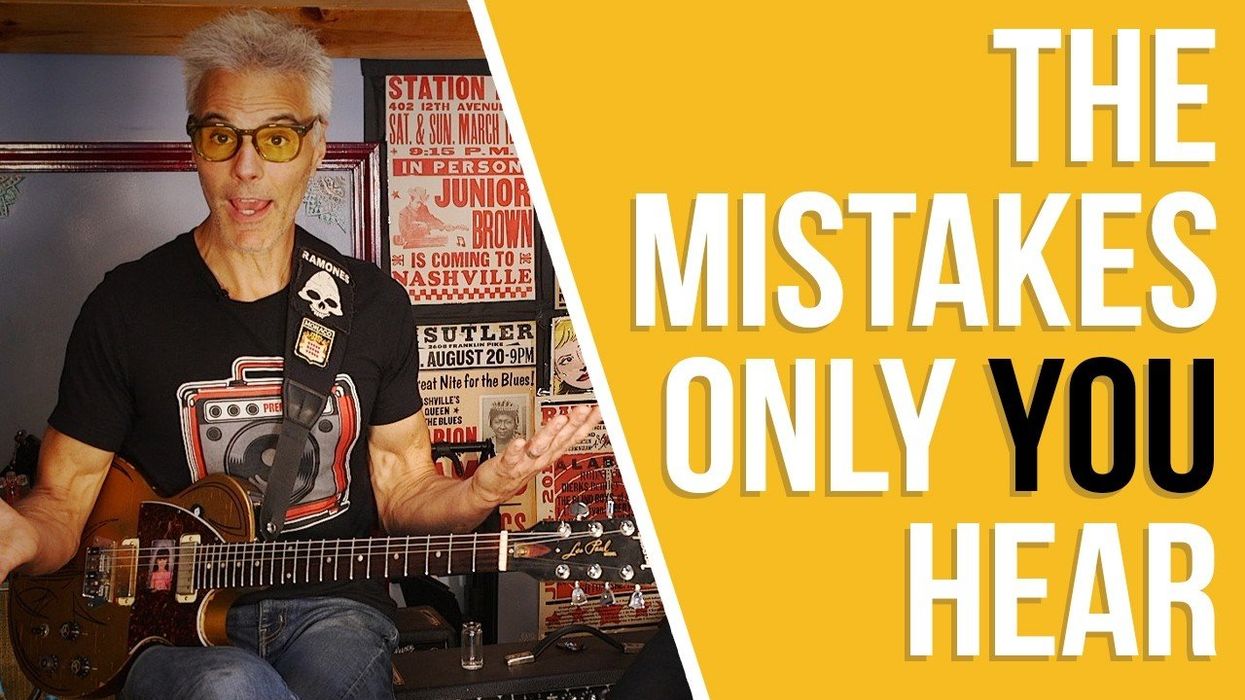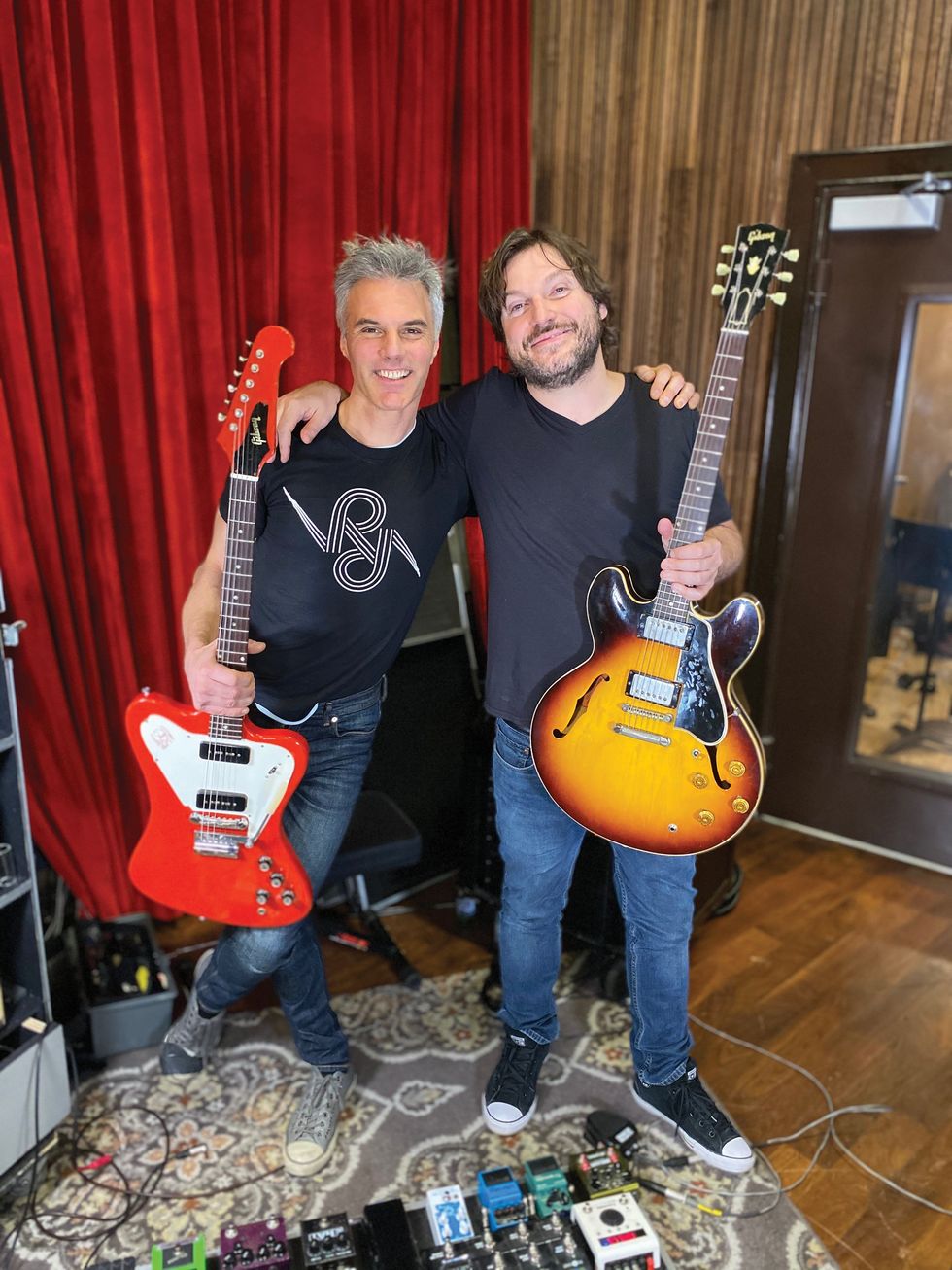There’s only one person who really has a clue about what us bassists should be doing— more so than all the people who are usually telling us what to do. Yes, I’m talking about the drummer. A drummer’s comprehension of the role of bass guitar is often far greater than most guitarists, even if most guitarists can most likely play bass better than most drummers. This month I’ve asked a few of my favorite drummers to share their knowledge and opinions about their bass-playing brethren.
In Bed, Tight
Miles McPherson—fresh off world tours with Paramore and Kelly Clarkson—says: “Simply put, the bassist and drummer really are the rhythm section. It’s not the guitarist and certainly not the damn keyboard player. That can be an unclear distinction at times, but I feel strongly about it.”
“Bass and drums should be an inseparablepair, sonically speaking,” he continues. “That’s not to say that all kick patterns should be followed to the tee, but there should be an obvious and palpable awareness of what each other is doing. There are too many nuances to list that can go with or against that grain. In short, bass and drums should always be intertwined like hot, sweaty lovers having the rawest, musical sex.”
McPherson stresses the point that bassists and drummers are the rhythm section together, meaning one instrument consisting of two parts. There’s a lot of depth in that philosophy, because egos simply can’t come into play: Either you are great together, or you aren’t great at all, because the ability to be great as a bassist without having a great drummer is almost non-existent.
This intense team mentality is a bit different from the mindset of many guitarists. They have to weave in and out of being soloists, occasionally team up with the keyboardist for chord voicings, or join their rhythm section for a verse to achieve a groove. Everyone in the band is of course on the team, but the bond between the bassist and drummer is something so deep that it usually takes a long time to develop. There’s a reason that many of the best drummers and bassists on the planet are not young guys.
Other musicians have used similar “love-making” analogies to describe the relationship between drummer and bassist. When talking about his first jam session with Stewart Copeland, Sting said they felt like exhausted lovers afterwards. Says Randy Jackson, “You need to be in bed together tight, especially on a ballad.”
If any guitarists are reading this and thinking about focusing more on bass, I ask you: Are you ready to take a musical relationship to this connection level?
Who Is Driving the Train?
Drummer Myron Howell, who has backed artists ranging from Justin Timberlake to country megastar Jake Owen, offers some hands-on advice for bassists regarding the push-pull relationship within the rhythm section.
Robben Ford’s drummer Wes Little respects bassists who understand that sustain and duration are just as important to the groove as the notes being played.
“If the drummer is driving the train, be comfortable being the co-pilot, don’t overstep your boundaries, and pick your spots where to place your mojo and play your fills. Being a great rhythm section doesn’t always mean playing together,” contends Howell. “It can mean playing slightly off from each other, thereby creating a feelor a groove instead of a beat. Be aware of the groove interplay between the hi-hat, snare, and kick drum. Does one of them lay on the back while the others are more ‘on’ the beat? A drummer simply has more things going on than a bassist, and as a bassist you need to be aware of all of them. Most importantly, even if you are playing co-pilot, do so with authority: There is no room at all to be tentative as a bassist. Be a bulldog, keep your bombast intact.”
Keep It Low
Wes Little currently drums for Robben Ford, but has worked with Stevie Wonder, Sting, Mary J. Blige, Faith Hill, and Beyoncé. Little reminds us that keeping it cool and mature can avoid unnecessary craziness. “I love solid, grooving bassists that are aware of what’s going on with the kick, and then know how to play with or against the kick pattern,” says Little. “I love bassists that understand that note sustain and duration, as well as space, are just as important to the groove as the notes played. And I love bassists that understand the pocket and know that if the drums are on the backside of the beat—perhaps they’re going to need to be on it or even slightly ahead, or vice versa.”
Little brings up the true secret of the bass/drum groove relationship: the note duration. (Check out my column [“Mastering the Groove,” October 2012] for a deeper exploration on the subject.) “I don’t like when bassists play high on the neck for extended periods of time, or use weird pedals that sound like a sci-fi film,” Little continues. “Slapping is only cool to me when the bottom stays in the tone. Otherwise it’s like playing with a midrange quacking duck.”
This small collection of advice includes things that most of us—whether we are beginners or pros—need to hear. Just ask any drummer you really like to play with, because chances are they are in love with the bass guitar and are as opinionated as my drummer friends are.



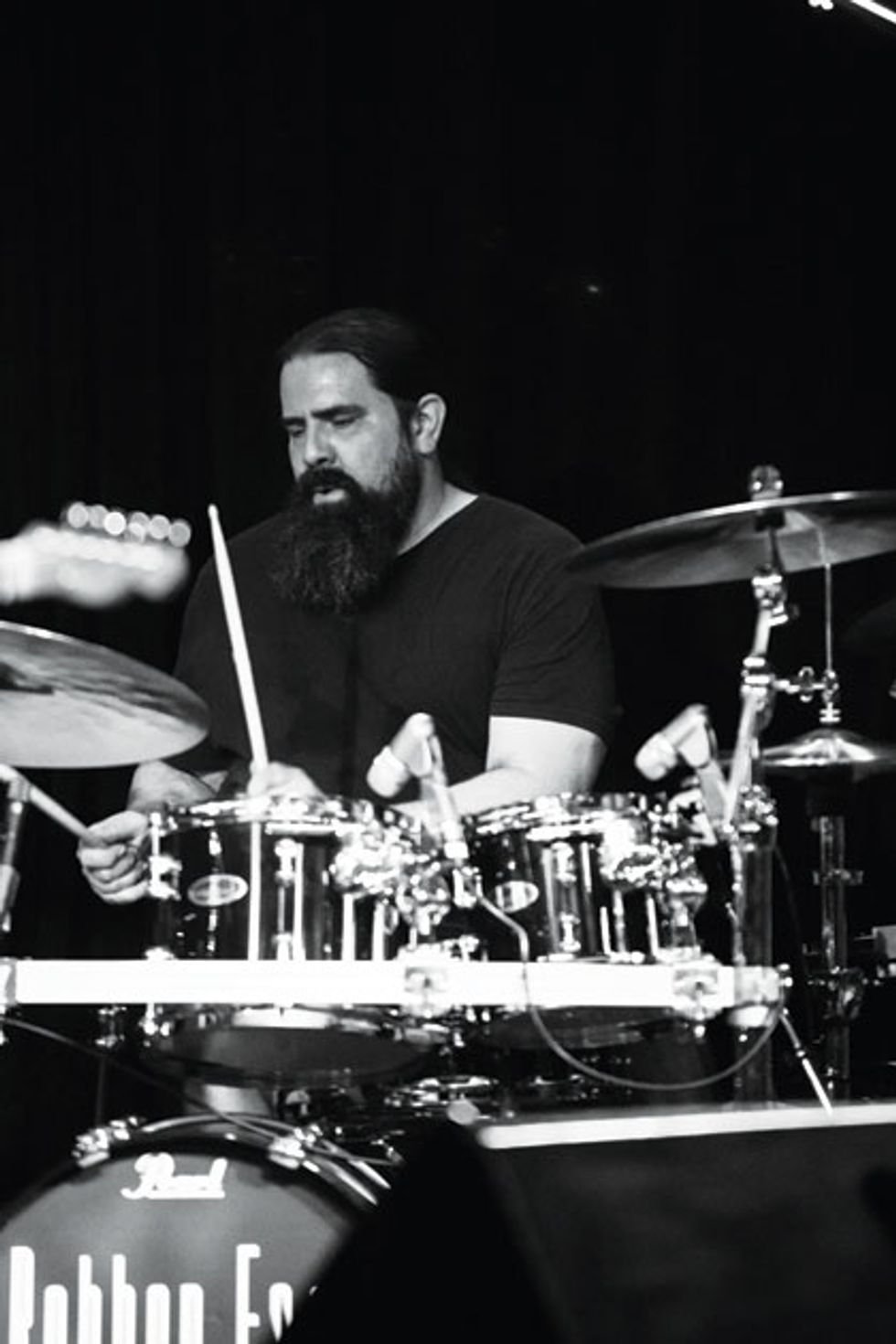







![Rig Rundown: Russian Circles’ Mike Sullivan [2025]](https://www.premierguitar.com/media-library/youtube.jpg?id=62303631&width=1245&height=700&quality=70&coordinates=0%2C0%2C0%2C0)



